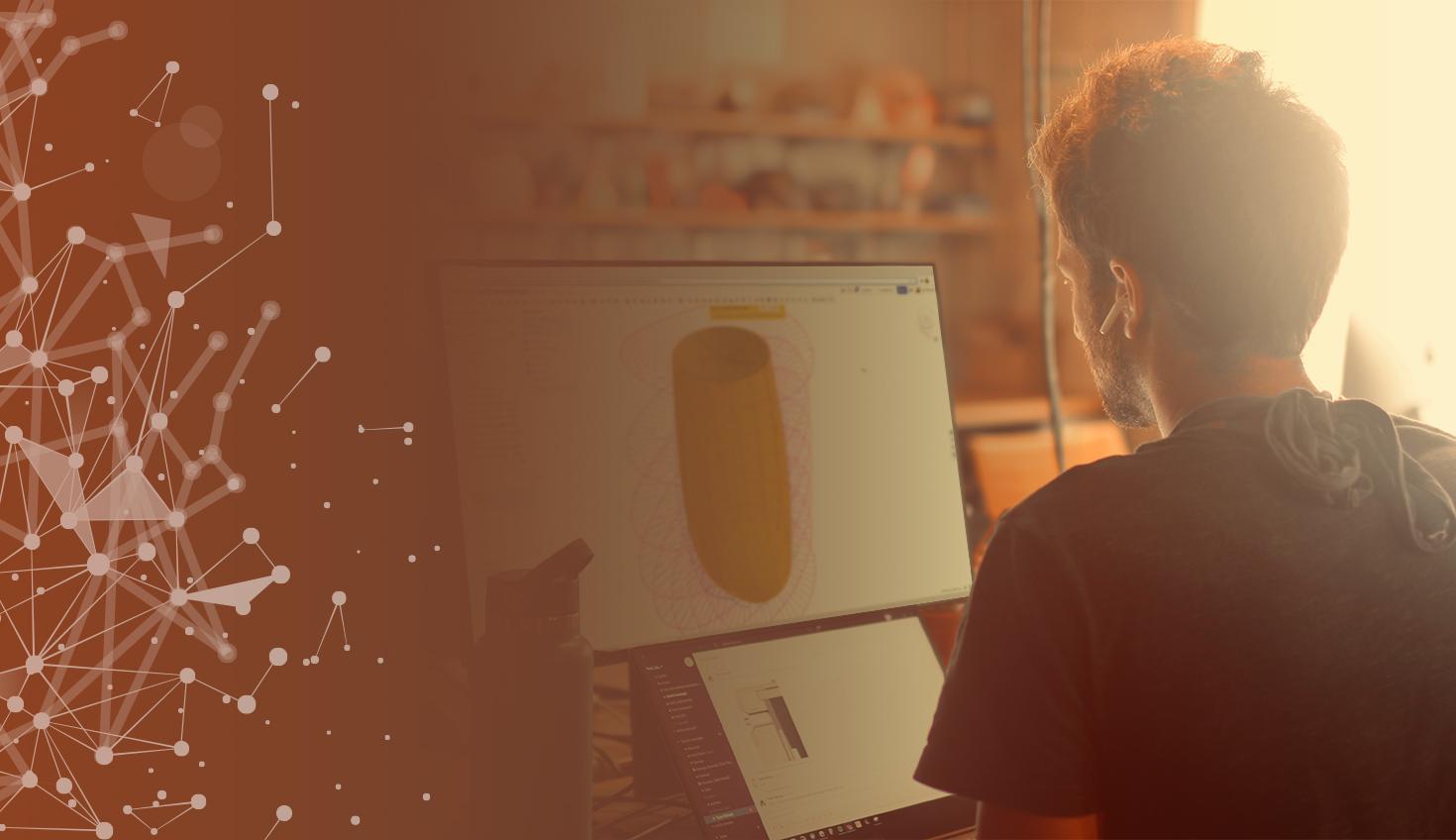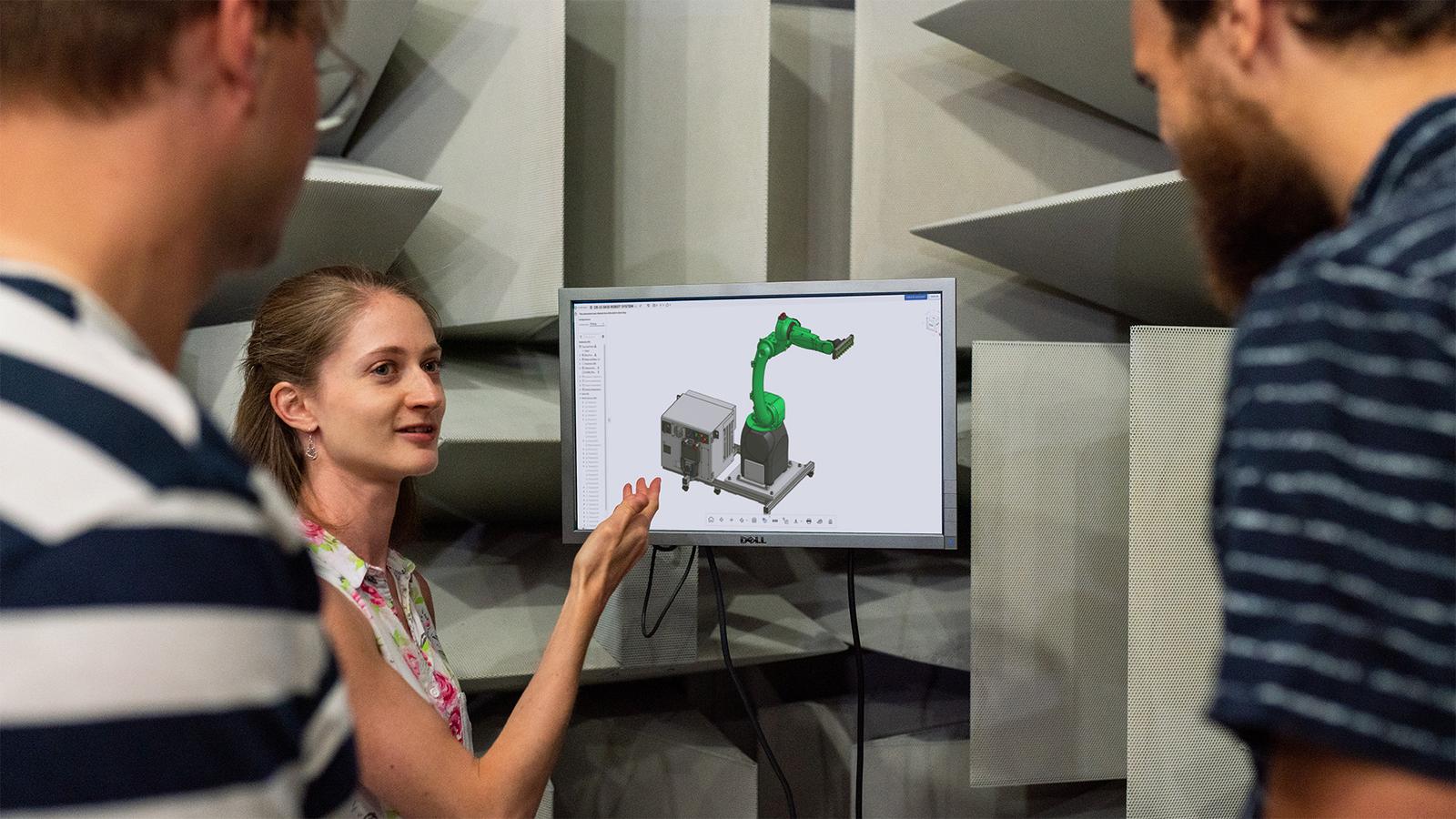
04:26
The process of engineering a product is a complex one. It requires many different skill sets, including problem-solving, project management and creativity. The lean manufacturing process helps to make the design and creation of products more efficient.
But what is lean manufacturing and why is it so important? Lean manufacturing was developed by Toyota in the mid-20th century to help engineers and designers create products at the lowest cost without compromising on quality.
Lean manufacturing at its core is a philosophy that uses methods like continuous improvement, just-in-time production, and total quality management to reduce waste in all areas of the product development process. It can be applied to any type of product, but it is most commonly used in manufacturing processes such as automotive or electronics.
Since then, it’s become an overarching philosophy that can be applied to any number of industries.
Image courtesy: @thisisengineering/unsplash.com

The 5 Basic Lean Principles
According to an article from ASME (the American Society of Mechanical Engineers), the main principles can be summed up as follows:
- Customer Value
- The Value Stream
- Continuous Flow
- Customer Pull
- Pursue Perfection
PTC also covered this topic as it applies to manufacturing, IoT and Industry 4.0. Take a look to get the full breadth of technology’s role in the next industrial revolution.
By following these principles, businesses can expect to increase product quality, accelerate time-to-market, embrace sustainability, and widen profit margins.
Using Lean Principles in Product Development
Lean manufacturing principles can be applied as guidelines to product development in order to create products that are more user-friendly and better for the environment.
Lean Principle: Customer Value
The Lean Principle Customer Value is about the importance of the customer-facing part of an organization. A customer-facing organization should have a strong customer value proposition, which is a statement that tells customers what they can expect from this company. It should also have a strong product development process, which ensures that the company produces high-quality products and services. Customer value helps create a positive brand experience for customers and drives revenue growth and profitability.
Lean Principle: The Value Stream
The value stream is a term used in lean manufacturing and product development to define a series of steps taken to move a product from an idea or prototype, through design, production, delivery and finally use by the customer. CAD with built-in Product Data Management (PDM) and a seamless integration into a company-wide PLM system helps companies maintain their products’ value streams by managing all aspects of their design data. It helps them keep track of all the changes in design, engineering, production, distribution and marketing throughout the entire lifecycle of a product.
Lean Principle: Continuous Flow
Continuous Flow is about eliminating wasted time and finding clever and innovative ways to complete tasks. In this manner, a company’s product development process should focus on being more flexible, responsive and agile. The lean principle of continuous flow can be applied to teams that use cloud tools to streamline collaboration. In the context of product development, this means reducing time spent waiting for other people's work and ensuring that you don't waste time on the wrong files or running back to the office to access projects.
Lean Principle: Customer Pull
The Customer Pull in the product development process is when feedback from customers is solicited and acted upon. This is a vital step to understand customer needs and wants before the product has been developed, which allows companies to improve their products and make them more effective. The process is simple with Onshape: You share the design in a Document, which can include renderings, with your customer, who can then mark up their screen with comments and suggestions that you can see in real time. You can then act upon this feedback to make changes to the design before signing off for production.
Lean Principle: Pursue Perfection
Product development is an iterative process. It starts with an idea and develops into a product by constantly evolving and improving. To create the best products, it is important to make sure that they are flexible and able to evolve alongside the needs of its customer. It is often said that perfection is not a destination but an ongoing journey; furthermore, companies should never stop trying to improve on their products and services. One way to do this is by using CAD that allows for quick iteration and cross-functional collaboration.
A CAD that Supports Lean
Modern CAD platforms like Onshape are changing the industry by supporting lean principles, which means that the process of designing is iterative, collaborative and focused on delivering the best possible product at the end of every iteration. Onshape is the only cloud-native product development platform with a built-in PDM system and has been meticulously designed to serve the needs of its users by cutting down on product time-to-market, improving communication, and cutting costs associated with hardware or add-on software.
Try Onshape Today
Head to our sign-up page to choose the right CAD plan for you and your team.
(Onshape Content Marketing Specialist Rachel Valerio contributed to this blog.)
Latest Content

- Case Study
- Consumer Products
BOA Technology: Redefining Outdoor Fit Equipment with Cloud-Native Onshape
11.03.2025 learn more
- Blog
- Aviation, Aerospace & Defense
- Branching & Merging
- Custom Features
- Learning Center
- Onshape Government
Why Aerospace & Defense Teams Choose Onshape for Product Development
12.18.2025 learn more
- Blog
- Evaluating Onshape
Cloud-Native CAD 2025 Wins: Revenue Growth, Real-Time Collaboration, Unified CAD-CAM
12.17.2025 learn more
- Blog
- Becoming an Expert
- Assemblies
- Simulation
Mastering Kinematics: A Deeper Dive into Onshape Assemblies, Mates, and Simulation
12.11.2025 learn more


